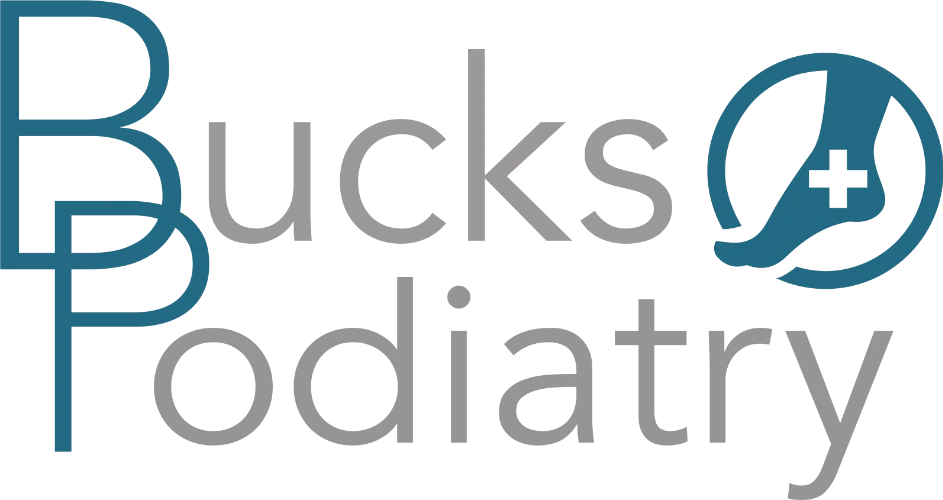Osgood Schlatter’s disease occurs when children or young adults overuse their patellar tendons through overactivity in sports (football, athletics, or any sport that involves dynamic movement). The disease is most prominent during growth spurts when bone, muscles, and tendons rapidly change. OSD is often confused with Patellar tendonitis or Sinding Larson Johansson syndrome in adults. However, the disease is not exclusive, and while Osgood Schlatter’s disease is prolific in active teenagers, it may be one of many associated leg muscle, bone and tendon issues such as shin splints and repetitive strain injury (RSI).
